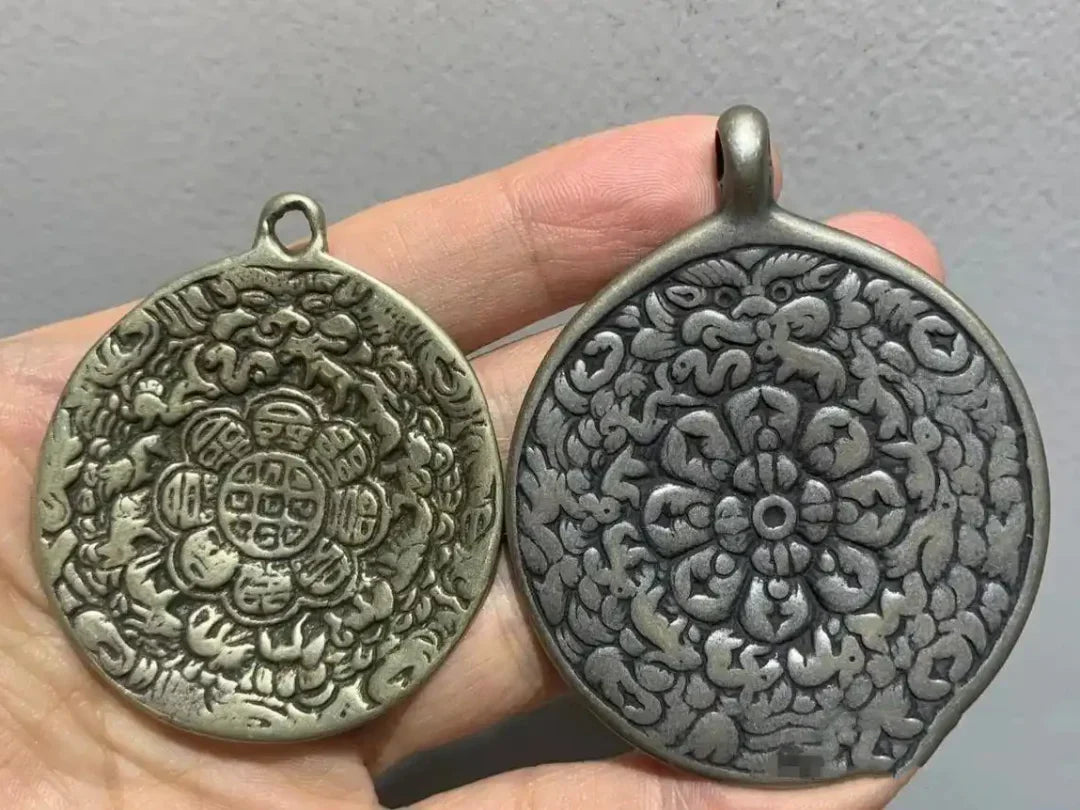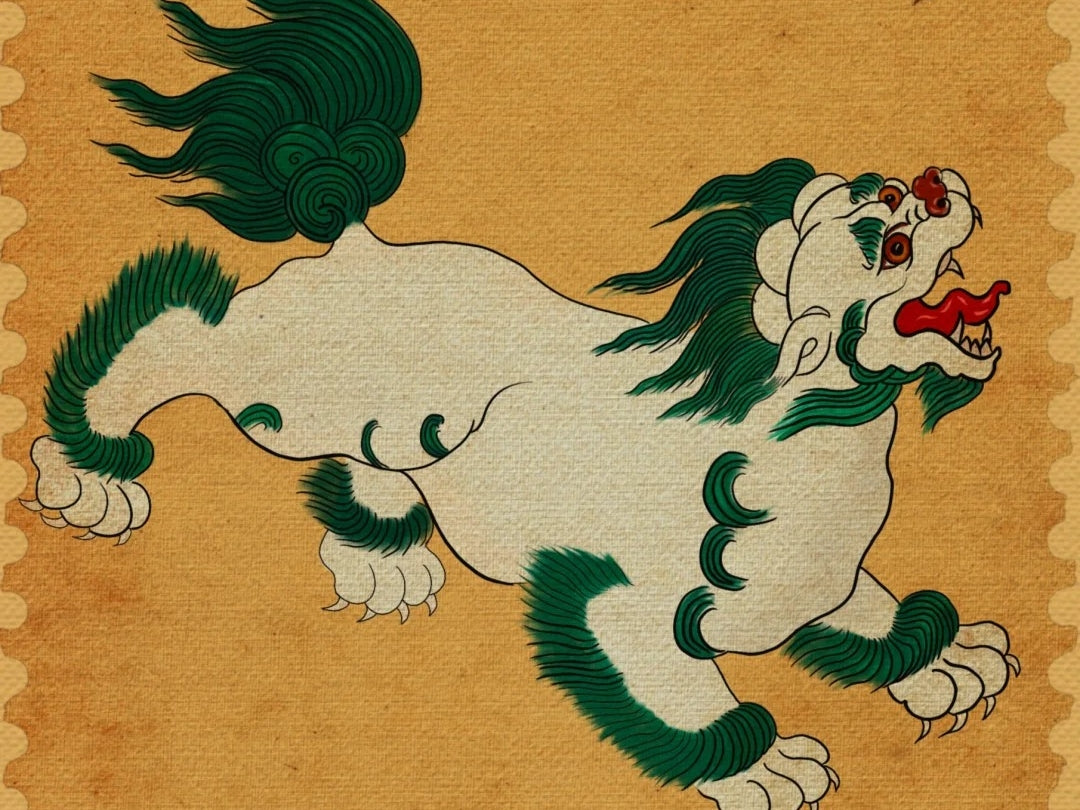In Tibetan Buddhism, Green Tara—known in Sanskrit as Tārā—stands out as the swift‑acting Goddess of Compassion, revered for her power to relieve fears, grant protection, and guide practitioners toward freedom. From ancient monasteries to modern malas and pendants, her presence inspires hope, courage, and the promise of liberation.
Who Is Green Tara?
Green Tara is one of the most popular Bodhisattvas in Mahāyāna and Vajrayāna traditions. While Avalokiteśvara embodies universal compassion, Tara manifests that compassion in action. Legend holds that when Avalokiteśvara looked upon suffering beings and wept, a lotus sprang from his tears, transforming into Tara—ready to leap into the world and save all who call her name.

Symbolism and Iconography
-
Green Color: Symbolizes active compassion, growth, and the youthful energy needed to overcome obstacles.
-
Posture: Seated with one leg folded (meditation) and the other extended (ready to rise), she illustrates the balance of stillness and compassionate activity.
-
Hand Gestures (Mudras):
-
Right Hand in Varada Mudra: Offered palm outward, signifying charity and granting wishes.
-
Left Hand in Abhaya Mudra: Raised palm, symbolizing fearlessness and protection.
-
-
Lotus Flowers: Two lotuses bloom at her shoulders, representing purity and the unfolding of spiritual potential.
Through these elements, Tibetan Green Tara art conveys her readiness to assist anyone who calls upon her.

The Tara Mantra and Practice
Central to Green Tara devotion is her mantra:
“Om Tare Tuttare Ture Svāhā.”
Each syllable carries a specific blessing:
-
Tare frees from worldly fears
-
Tuttare uproots internal obstacles
-
Ture grants swift protection and liberation
Green Tara meditation often begins with visualization—seeing her emerald form seated on a lotus—and reciting her mantra in rounds of 108 beads. This practice cultivates both mindfulness and compassion in action, making the Tara mantra a powerful tool for daily resilience.
Green Tara in Tibetan Culture
-
Temples and Thangkas: In Tibetan monasteries, large Tara thangka paintings depict her surrounded by the 21 emanations of Tara, each representing a quality—from refuge‑giving to vetula‑like ferocity in overcoming inner demons.
-
Rituals: Monks perform Tara puja ceremonies on Thursdays—her special day—offering butter lamps, incense, and recitations to invoke her swift aid.
-
Everyday Symbols: From home shrines to Tara pendants, many practitioners keep her image close for continuous support.
In Tibetan folk belief, Green Tara’s promise is urgent: “I will come quickly to your aid,” making her the first deity many turn to in crisis.
Modern Relevance
In the West, Green Tara’s themes of fearlessness, healing, and active compassion resonate deeply. Whether facing personal challenges or global uncertainties, practitioners find in her a model for balanced engagement—meditative stability paired with courageous service.
-
Mindful Action: Tara’s open posture reminds us that true compassion involves both inner calm and outward help.
-
Empowerment: Calling her name can bolster confidence, reminding us that we possess the same potential for kindness and courage.
-
Community: Group Tara retreats and online mantra‑chanting circles build connection, reflecting Tara’s vow to aid all beings.
Connecting with Green Tara
For those drawn to Green Tara’s energy, consider:
-
Daily Mantra Practice: Even five minutes of “Om Tare Tuttare Ture Svāhā” can shift your mindset.
-
Incorporating Symbolic Jewelry: A simple Tara pendant or bead bracelet serves as a mindful reminder of her presence.
-
Art and Visualization: Studying a Tara thangka or statue can deepen your understanding of her iconography and inspire your own compassionate actions.
By weaving Green Tara’s image and mantra into your life, you invite liberation—both for yourself and for those you touch.





